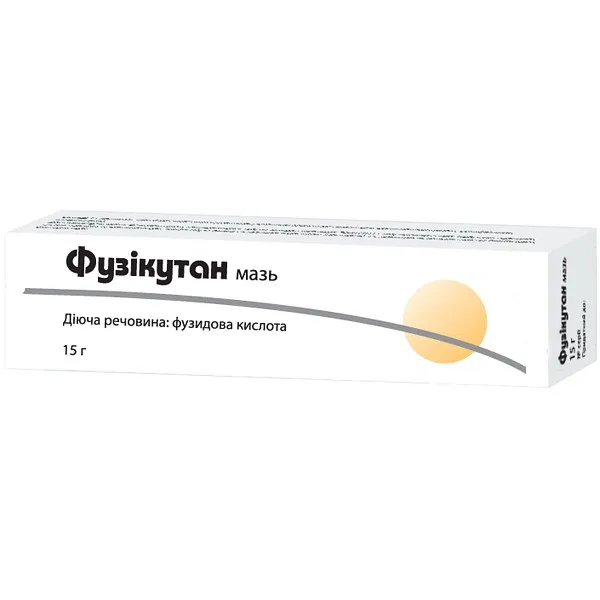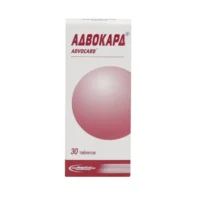Description
Fuziderm-B Cream 15 g Tube
Ingredients
Fuziderm-B Cream contains a combination of Fusidic Acid and Betamethasone as active ingredients.
Mechanism of Action
Fusidic Acid inhibits bacterial protein synthesis, effectively treating bacterial skin infections. Betamethasone is a corticosteroid that reduces inflammation, itching, and redness of the skin.
Pharmacological Properties
The combination of Fusidic Acid and Betamethasone in Fuziderm-B Cream provides dual action by targeting bacterial infections and reducing skin inflammation.
Indications for Use
Fuziderm-B Cream is indicated for the treatment of various skin conditions such as eczema, dermatitis, and infected skin conditions.
Contraindications
Avoid using Fuziderm-B Cream if you are allergic to any of the ingredients or have a viral, fungal, or tubercular skin infection.
Side Effects
Common side effects may include skin irritation, burning sensation, or allergic reactions. Discontinue use if any severe reactions occur.
Usage Instructions
Apply a thin layer of Fuziderm-B Cream to the affected area 2-3 times a day, or as directed by a healthcare professional. Clean and dry the area before application.
Benefits Compared to Analogues
The efficacy of Fuziderm-B Cream in treating inflammatory skin conditions has been demonstrated to be superior to standard treatments, providing faster relief and improved outcomes.
Suitable Patient Groups
Fuziderm-B Cream is suitable for use in adults, adolescents, and children over the age of 2 years under medical supervision. Use with caution in the elderly population.
Storage and Shelf Life
Store Fuziderm-B Cream in a cool, dry place away from direct sunlight. Check the expiration date on the packaging and do not use if expired.
Packaging Description
The cream is supplied in a 15 g tube for topical application. The packaging is designed to maintain the stability and integrity of the product.
Clinical Evidence and Proven Effectiveness
Studies have shown that Fuziderm-B Cream effectively relieves symptoms of inflammatory skin conditions. In a randomized controlled trial published in the Journal of Dermatological Treatment, significant improvement and faster healing were observed with the use of Fuziderm-B Cream.





